In the rugged terrain of Colorado’s Rocky Mountains, the bighorn sheep, Colorado’s state mammal, faces a precarious future.
While recent conservation efforts are making a big impact, there are yet many challenges to protecting this iconic species.
The Etchart Agreement: A Milestone in Wildlife Conservation – A landmark agreement has been reached between the National Wildlife Federation (NWF) and Colorado rancher Ernie Etchart. In a bid to conserve the native Rocky Mountain bighorn sheep, the Etchart family has waived their grazing permits on 101,676 acres in the San Juan mountain range near Silverton, CBS reports.
This deal represents the largest number of allotments included in a single agreement by the Wildlife Conflict Resolution Program, crucial for preserving one of Colorado’s most important bighorn herds.
Rancher Etchart acknowledged the importance of this agreement but also expressed that the bighorn herd has coexisted with domestic sheep for a century, suggesting some level of immunity in the bighorns. However, according to the Durango Herald, wildlife managers have raised concerns about disease transmission from domestic to wild sheep, particularly respiratory illnesses that have historically decimated bighorn populations.
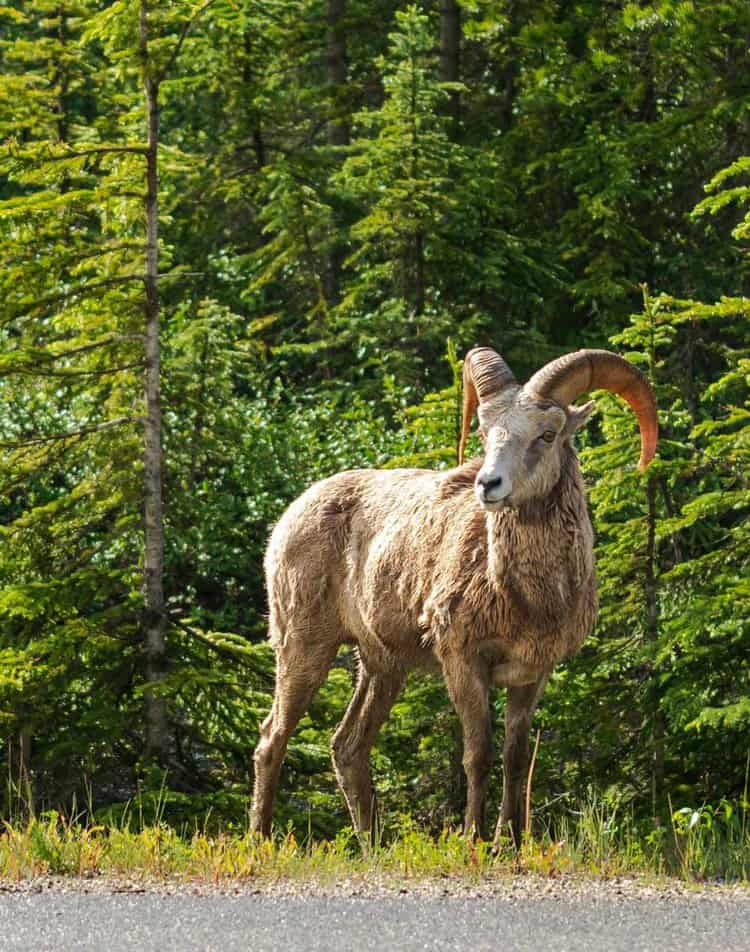
Bighorn Sheep Management: A Delicate Balance
Colorado Parks and Wildlife (CPW) has been at the forefront of bighorn sheep management. Their efforts include annual counts, such as the one on Pikes Peak, where CPW staff and volunteers monitor the health and numbers of these herds, reports Colorado Outdoors.
A century ago, these animals nearly became extinct due to hunting and diseases from domestic animals, according to the Denver Post. Today, CPW’s work focuses on mitigating these risks, emphasizing the importance of separating wild bighorns from domestic livestock to prevent disease transmission.
Disease remains a significant challenge in growing bighorn populations. CPW actively surveys for respiratory disease, testing bighorns during capture and analyzing any that perish. This disease surveillance, coupled with habitat management and regulated hunting, forms the backbone of CPW’s strategy to protect these majestic animals.
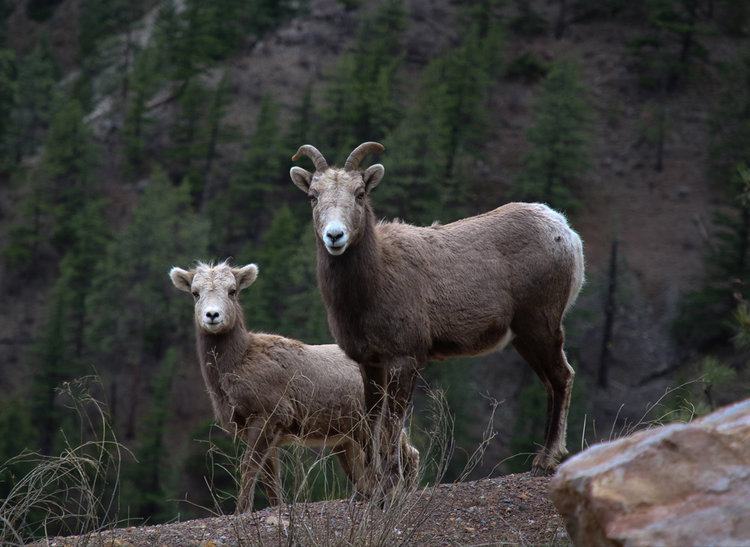
Community Efforts in Wildlife Conservation
The Vail Bighorn Initiative showcases how local communities can impact wildlife conservation. In Vail, Colorado, efforts are underway to save the S2 Gore Range Bighorn Sheep herd, one of the few endemic herds in the state. Their survival is threatened by potential development of their winter range, Booth Heights.
The community has rallied, with the Town of Vail and Eagle County Open Space playing significant roles in raising funds and awareness to conserve this critical habitat, Vail Daily reports.
This initiative reflects the broader challenges in wildlife conservation, balancing the needs of human development with preserving natural habitats. It is an exemplary model of how local action can contribute significantly to conserving endangered species.
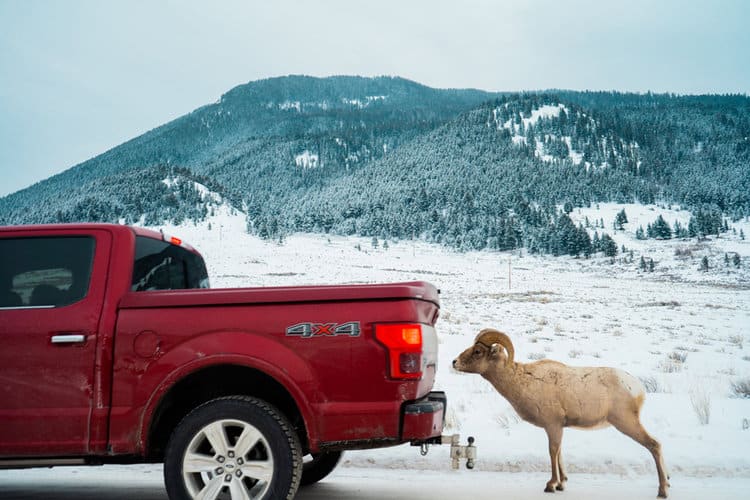
The Road Ahead for Colorado’s Bighorn Sheep
The conservation of Colorado’s Rocky Mountain bighorn sheep is a complex and ongoing effort. Collaborations between ranchers, conservationists, and local communities play a pivotal role.
While significant progress has been made, such as the agreements to vacate grazing allotments, challenges remain. Disease management, habitat conservation, and balancing human activities with wildlife needs are ongoing concerns. However, the combined efforts of CPW, NWF, and local communities like Vail provide hope for the future of these magnificent animals.
With continued commitment and collaboration, Colorado’s bighorn sheep can thrive in the Rocky Mountains once more.
What you can do
Help to save wildlife by donating as little as $1 – It only takes a minute.
This article by Matthew Russell was first published by The Animal Rescue Site. Lead Image: PEXELS – MALES, CALLED RAMS, ARE LARGER AND HAVE MORE MASSIVE HORNS COMPARED TO FEMALES, KNOWN AS EWES.
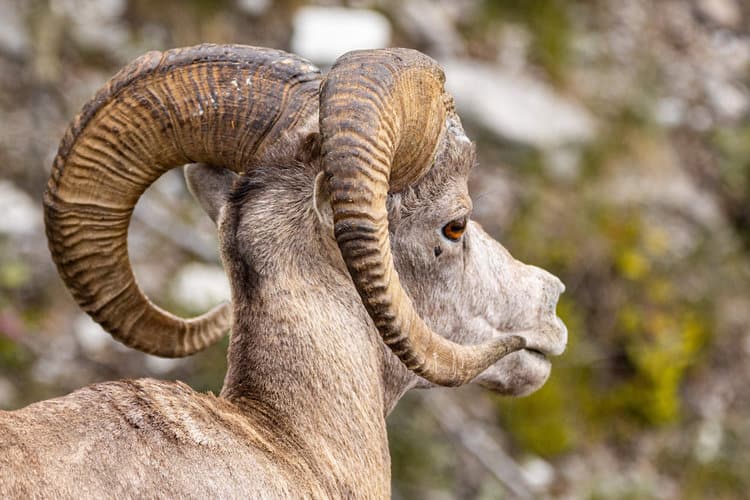
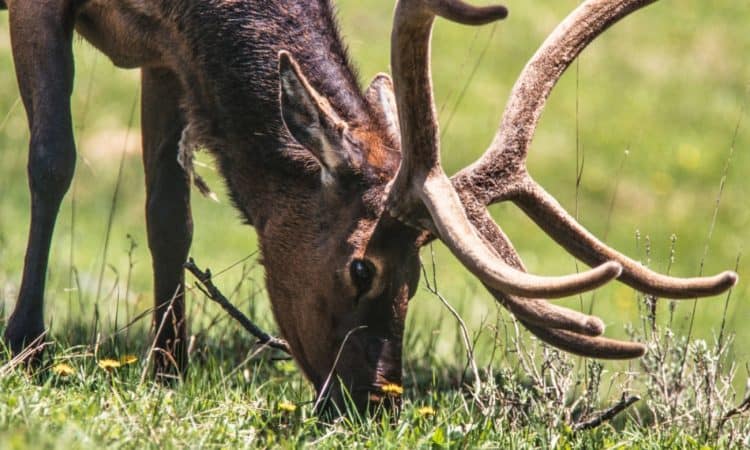
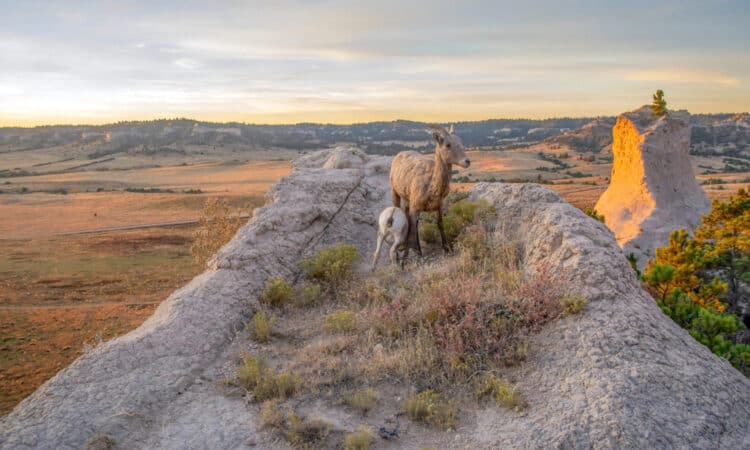

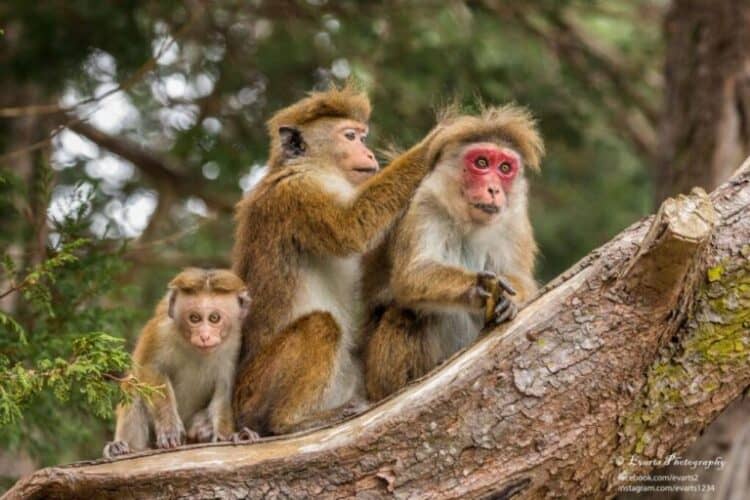
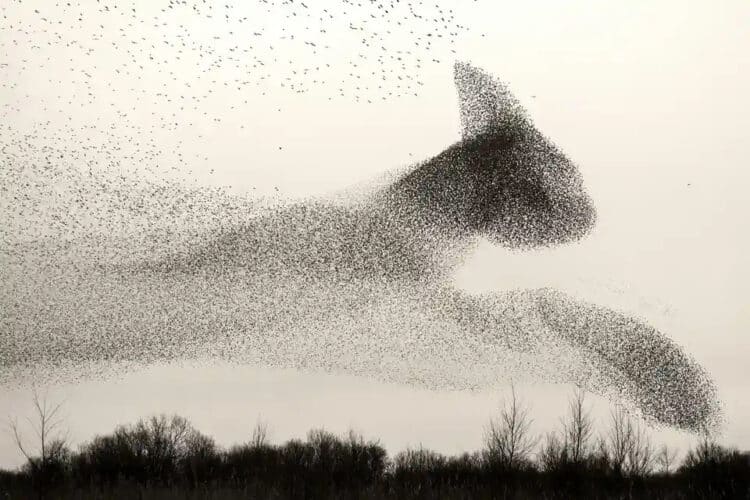
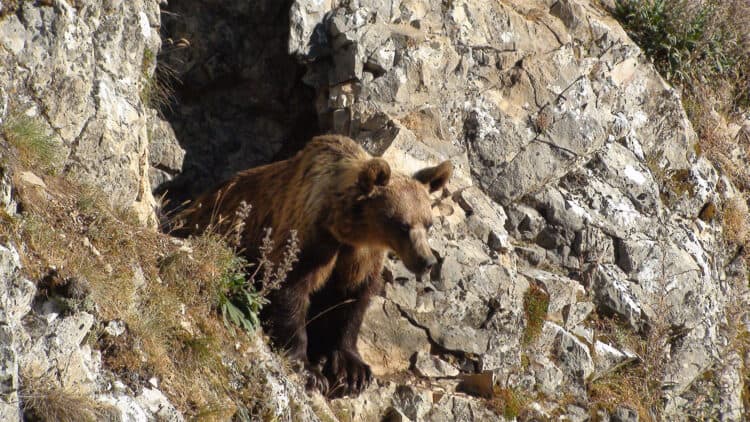
Leave a Reply